HVAC, Environmental & Industrial Thermometers
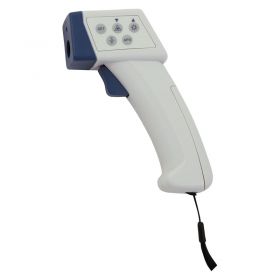
- Battery powered and lightweight
- Measures up to 550°C
- Range of features including auto-off
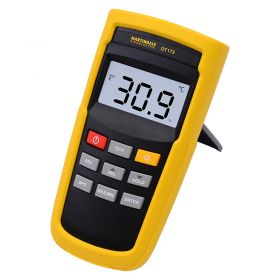
- Temperature range: -200°C to +1372°C
- Selectable measurement units (°C or °F) and MIN/MAX/AVG functions
- Supplied with a type-K thermocouple bead probe and features a tough casing with an integrated fold-away stand
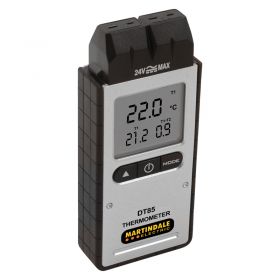
- Measure temperature from two points simultaneously
- Huge measurement range
- Includes two type K thermocouples
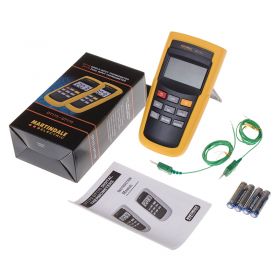
- -200°C to 1372°C measurement range
- 3 1/2 digit LCD screen
- Supplied with two K-Type bead thermocouples
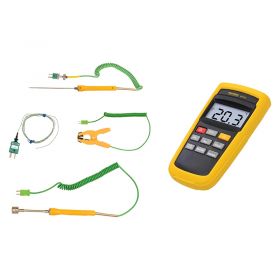
- Includes the DT175 Dual Input Thermometer & type-K thermocouple probes
- Measure input and output temperatures
About HVAC, Environmental & Industrial Thermometers
Industrial thermometers are notably more stable than regular thermometers. They are extremely accurate and have a considerable lifespan. This is because they don't have any mechanically moving parts, which means no material fatigue and no consumption of electrical energy.
An industrial thermometer is filled with liquid. The higher the measured temperature, the more this liquid inside expands. The expanding liquid climbs inside the tube and delivers the temperature to a display next to the tube.
Industrial thermometers come in different shapes and forms. One of the things in which they differ is the angle at which the immersion tube is attached to the thermometer itself. For different situations, different angles of attachment may be necessary.


